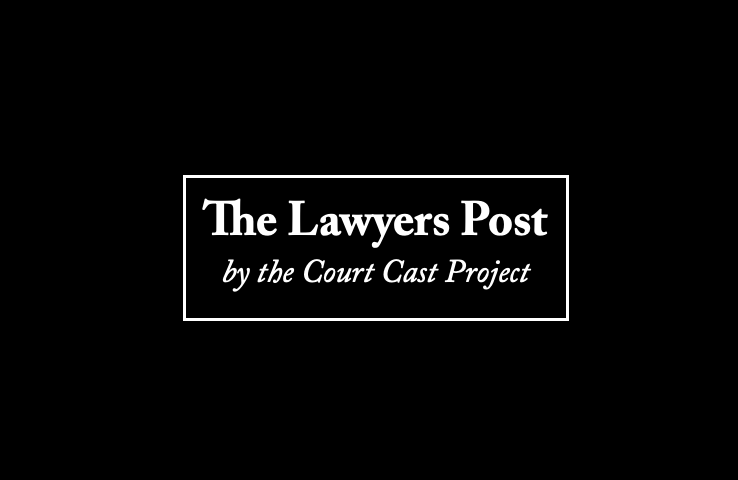In a ruling that breathes life into judicial discretion, the Supreme Court has clarified when and how courts can “mould” relief in civil suits—a legal mechanism that allows justice to evolve when the original relief becomes either unworkable or outdated.
The case in question reads like a tangled family drama set against the backdrop of legal fine print. At its heart was a property, the so-called Plaint Schedule, once owned by Padmini Chandrasekaran. She bought it in a 1962 court auction, then passed it on through a Will in 1975 to Vinayagamurthy and his children, entrusting the estate to a Trust.
But enter Somasundaram Chettiar, who also penned a Will, claiming the very same property for his adopted son, Sarvothaman (Defendant No. 1). Years later, Sarvothaman sold the disputed property to a new set of parties—Defendants 3 to 6—setting off a legal tug-of-war.
The Trust, insisting it held rightful title through Padmini’s Will, challenged the sale in the Madras High Court. While the High Court agreed the sale deeds were invalid, it didn’t hand over possession to the Trust. Instead, it redirected the relief to Dr. H.B.N. Shetty, one of the executors of Padmini’s Will, effectively honoring the testatrix’s intent.
The twist? The Trust couldn’t prove it was the rightful heir—Padmini had willed the property to Vinayagamurthy and his children directly, not to the Trust. Still, because Shetty was both a trustee and executor, the court deemed it unjust to send him back into litigation, especially considering his age—over 80—and the fact that other executors had either passed away or stepped down.
In upholding the High Court’s decision, the Supreme Court leaned on the principle of “moulding of relief,” a judicial safety valve meant to prevent procedural knots from strangling substantive justice. It cited the Shivanna v. B.S. Puttamadaiah precedent, which set guardrails around this doctrine. Relief may be reshaped, the court said, if:
- The original relief has become untenable due to new developments;
- Moulding the relief would cut down future litigation and deliver full justice;
- The opposing party is not blindsided by the shift.
In this case, all three boxes were ticked.
What stands out in the Supreme Court’s ruling is its pragmatic tone. Rather than forcing a frail executor through the grind of a new lawsuit—years after the dispute began—it allowed the relief to morph in a way that honored the real owner’s wishes without dragging out proceedings.
The Court was careful to note that such flexibility isn’t a blank cheque. Trial courts must weigh the legal landscape carefully before altering relief, while appellate courts should interfere only if the exercise of discretion leads to serious injustice.
“We are in complete agreement,” the bench declared, “with the findings recorded by the impugned judgments.”
As a coda to the litigation saga, the Supreme Court slapped a cost of ₹1,00,000 on the appellants, payable to the Legal Aid Services Authority of the Madras High Court within four weeks.
In the end, this wasn’t just a ruling about a property—it was a reaffirmation that the law, when applied with discernment, can still find a way to serve justice without getting lost in its own labyrinth.





